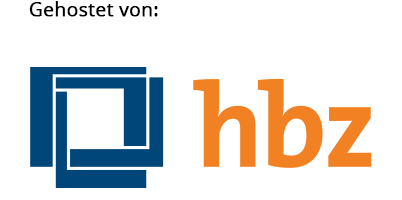Questionnaire-based analysis of the perception of shared mental models and hierarchies by emergency medical service teams
DOI:
https://doi.org/10.25974/gjops.v1i1.47Keywords:
Team-Arbeit Kontext, High-Responsibility-Teams, Team-Ressource-Management, Training, Geteilte mentale ModelleAbstract
Background: High-Responsibility Teams (HRT), such as emergency medical services, fire departments, control centers, and certain nursing sectors, operate at an extremely high reliability level to prevent catastrophic harm. This study aims to examine the perceptions of teamwork and other work-related factors in HRT, such as hierarchy and shared mental models, to establish a data-based foundation for the development of specific training and support programs.
Methods: From October 1, 2022, to March 31, 2023, an online survey was primarily distributed to paramedics, emergency physicians, control center dispatchers, professional firefighters, and nursing staff working in Germany. The data were then analyzed using descriptive and inferential statistics. The survey was based on the previously validated Team Work Context Inventory.
Results: The average age of the sample (N = 490) was 40.6 years. Of the participants, 74.4% were male, 23.9% female, and 1.7% non-binary. The sample included 9.8% emergency physicians, 8.0% professional firefighters, 8.8% nursing staff, 37% control center dispatchers, and 24.7% paramedics. For the "shared mental model," the threshold value for the "Shared Task Mental Model" item was exceeded by both control center personnel and professional firefighters. Additionally, the threshold for the "Shared Team Mental Model" was surpassed by the paramedic group. The threshold value for context criteria was also exceeded by the paramedic group for "Hierarchy: Followership." The threshold for "Hierarchy: Leadership" was additionally surpassed by the control center group. For "personal threat," all groups exceeded the threshold value, except for the control center group. The mean differences between the groups are particularly striking.
Discussion: There are significant differences between the groups regarding the shared mental model. The threshold values are either exceeded or closely approached. Similar heterogeneous patterns are observed in the perception of hierarchy, with even more pronounced differences between the groups. These findings imply the need for measures at various levels, such as training initiatives and the establishment of communication and interaction routines, as well as the creation of an appropriate organizational culture.
Conclusions: Both shared mental models and perceptions of hierarchy highlight the importance of structured approaches, particularly in communication and interaction (e.g., "10 for 10," handover schemas). At the organizational level, the concept of "Just Culture" should be emphasized as a goal. The effects of problematic perceptions of hierarchy, such as those on mental health, need to be explored further in the context of emergency services.
Downloads
Published
Versions
- 2025-02-07 (2)
- 2025-02-06 (1)
License
Copyright (c) 2024 Christian Elsenbast

This work is licensed under a Creative Commons Attribution-ShareAlike 4.0 International License.
We publish open access under the Creative Commons BY-SA 4.0 licence (https://creativecommons.org/licenses/by-sa/4.0/?ref=chooser-v1).
Content may be redistributed and reprocessed (including for commercial purposes), provided that the original source is cited and the same licence conditions apply.





